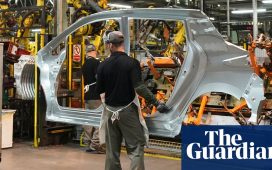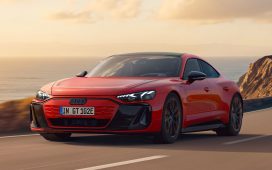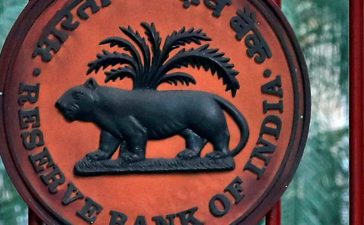Assuming that enough EV drivers feel the same way, Platt is confident about his pump sales holding up, at least for the next 15 years or so.
His optimism, at least for the short to medium term, is shared by the boss of one of the UK’s biggest independent filling station groups.

“By 2030, the car market could be about 20% EV, which means there will still be a huge demand for fossil fuel,” says William Bannister, CEO of MFG, which owns more than 900 sites. However, by 2035, he expects EVs to represent 60% of the market, and the figure will be rising.
That’s why he’s already beginning the job of adapting MFG sites to offer rapid charging beside fuel, with the potential for the former to replace the latter as demand increases.
“We’re spending £400 million in the next few years to deliver this dual-fuel strategy,” says Bannister. “We’ve looked at 700 of our sites that we know can take dual fuel straight away, with 250 of them awaiting ‘energisation’. Our strategy is to do hubs: multiple, well-maintained chargers with good uptime – typically over 98% working – and which are safe and well lit.”
With a charging hub costing around £1m, many independents, unable to afford such an investment, will close. Still, like pubs, filling stations have been shutting up shop for a long time. In 1979, there were 40,000 filling stations, but that same year Tesco started selling fuel. Other supermarkets followed, and by the early 2000s around 400 independent and rural filling stations were leaving the industry every year.









